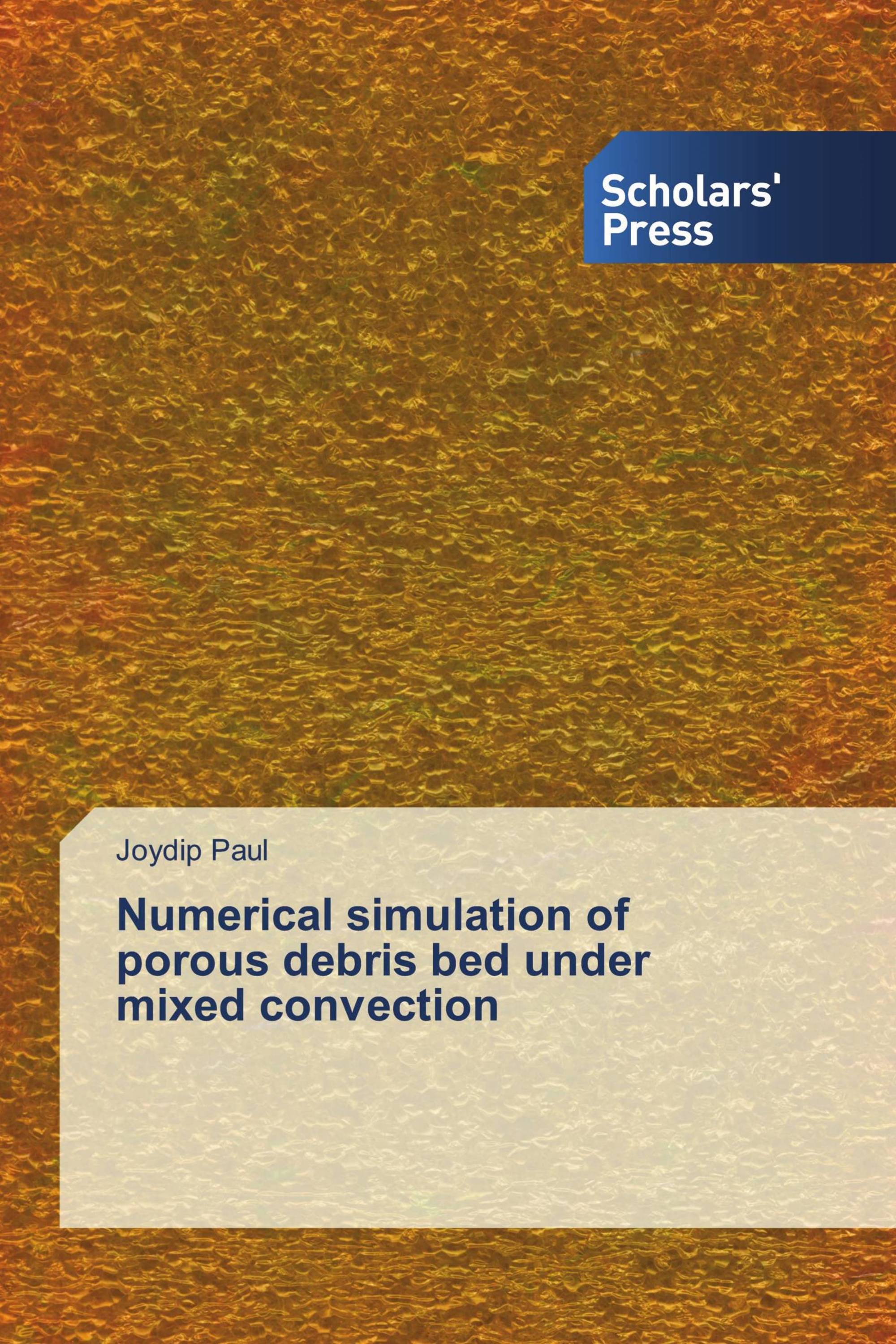This study focuses on how porous debris that accumulates during nuclear meltdown accidents removes heat from the environment. The fuel from the nuclear reactor first melts and interacts with the water during this type of severe accident, then it collects at the bottom of the reactor vessel as porous debris. Because it includes radioactive material and generates heat during decay, if this reactor vessel is unable to withstand the porous debris and it begins to melt, the vessel will also melt. The combination of all these components is subsequently kept at the vessel cavity's bottom. Since there is water inside of this hollow, the melt interacts with the water to create particle debris. And we need to inject coolant into this porous debris to remove heat from it. To depict the nuclear porous debris, a numerical model is created for this work. Additionally, a predetermined grid size and sufficient non-dimensional factors are taken into account for the numerical solution, and the governing equations are then solved at each intersection of these grids. The average Nusselt number data that this numerical solution provides allows us to characterise how heat moves through this porous mater
Book Details: |
|
|
ISBN-13: |
978-613-8-97114-6 |
|
ISBN-10: |
6138971140 |
|
EAN: |
9786138971146 |
|
Book language: |
English |
|
By (author) : |
Joydip Paul |
|
Number of pages: |
68 |
|
Published on: |
2022-09-06 |
|
Category: |
Mechanical engineering, manufacturing technology |
